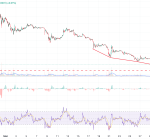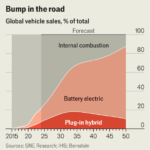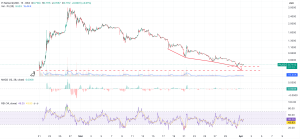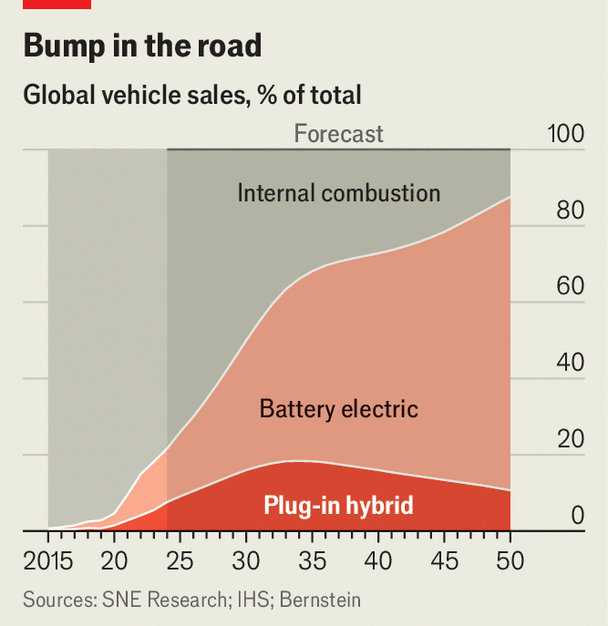Last updated:
 Why Trust Cryptonews
Why Trust Cryptonews

Spot Bitcoin exchange-traded funds (ETFs) in the U.S. experienced a reversal in daily flows on Tuesday, marking the end of a seven-day streak of net inflows.
According to data from SoSoValue, the 12 spot Bitcoin ETFs collectively saw $79.09 million in outflows, led by significant withdrawals from Ark and 21Shares’ ARKB fund, which lost $134.74 million.
Despite the overall negative flows, some funds still recorded inflows.
BlackRock’s IBIT Attracts $42 Million
BlackRock’s IBIT, the largest spot Bitcoin ETF by net assets, attracted $42.98 million in net inflows, while Fidelity’s FBTC fund saw $8.85 million in positive flows.
VanEck’s HODL also added $3.82 million.
However, eight other funds, including Grayscale’s GBTC, showed no changes in their net flows for the day.
The $79 million in net outflows reduced the cumulative net inflows for all 12 spot Bitcoin ETFs to $21.15 billion.
In terms of trading activity, the total daily trading volume for these ETFs dropped to $1.4 billion on Tuesday, down from $1.76 billion the previous day.
Tuesday’s outflows followed a seven-day period where spot Bitcoin ETFs attracted more than $2.67 billion, with BlackRock’s IBIT alone pulling in $1.5 billion during that stretch.
The inflows had coincided with Bitcoin’s rally, which saw the cryptocurrency’s price surge above $69,400 on Monday.
Meanwhile, U.S. spot Ether ETFs reported net inflows of $11.94 million on Tuesday, entirely driven by BlackRock’s ETHA fund.
Despite these inflows, Ether’s price slipped 0.99% to $2,611, while Bitcoin fell 0.38%, trading at $67,038, according to The Block’s data.
Last week, the broader digital asset investment market showed signs of renewed optimism, with $2.2 billion in inflows for the week, the largest increase since July.
The uptick in investor sentiment is attributed to expectations of a Republican victory in the upcoming U.S. elections, which could be seen as more favorable for digital assets.
Bitcoin remained the primary driver of these inflows, securing $2.13 billion, while short Bitcoin products also saw notable inflows of $12 million, the largest since March.
Meanwhile, Ethereum-based products saw $58 million in inflows, and altcoins such as Solana, Litecoin, and XRP experienced smaller gains.
Bitcoin Futures Open Interest Hits Record $40.5 Billion
Bitcoin derivatives have reached new heights as open interest (OI) in Bitcoin futures hit an all-time high of $40.5 billion on October 21.
Data shows that the Chicago Mercantile Exchange (CME) holds the largest share of Bitcoin futures open interest, accounting for 30.7%.
This is followed by Binance, with 20.4%, and Bybit, with 15%.
The surge in open interest coincided with Bitcoin’s price approaching the $70,000 mark.
Open interest refers to the total value or number of outstanding futures contracts that have not yet expired.
It serves as a key indicator of market activity and investor engagement in Bitcoin derivatives.
A rise in OI can signal increased leverage in the system, potentially leading to greater market volatility.
Periods of high open interest can lead to significant market movements, particularly when prices shift sharply.














